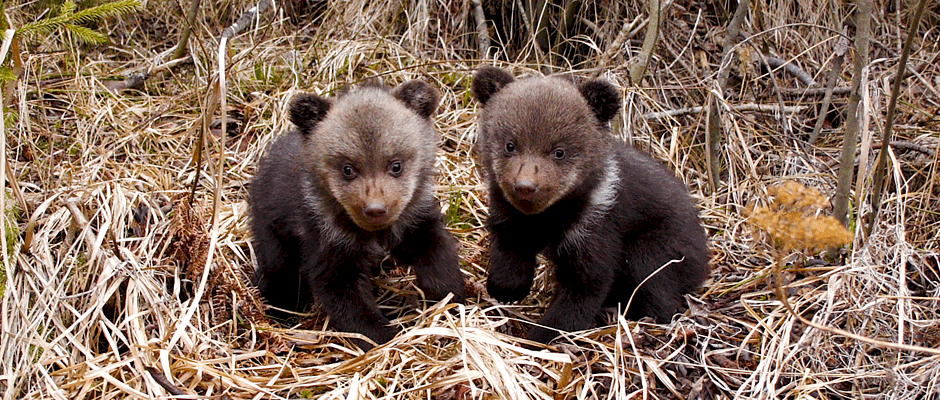Share this article
Orphaned Bears Get By with a Little Help from Researchers
For several decades, researchers have been bottle-feeding and caring for different species of orphaned bears throughout the world before releasing them back into the wild — but an absence of post-release monitoring data has left researchers wondering how these bears fare once they’re released.
Now they know. As part of a recent study, published in the Journal of Wildlife Management, researchers evaluated the post-release survival success of hundreds of American black bears, Asiatic black bears and brown bears in 12 captive-rearing programs around the world including the U.S., Canada, Romania, India and Greece.
As part of the effort, they reviewed survival rates of the bears after they were released as well as reasons for their mortality, human conflict activity and the bears’ reproduction. The studies included bears in different environments across the world from high human density areas of New Jersey to remote regions of Idaho.
“The most important takeaways were that bears that were kept in captivity for shorter periods of time were less likely to become involved in human-bear conflicts,” said lead author John Beecham, who co-chaired an International Fund for Animal Welfare workshop in 2007 that sparked the research. “Also, the heavier they weighed when they were released, the better their survival rates.
One of the most important findings came from South Korea, Beecham said. South Korea had only five Asiatic black bears in the entire country when they started their release program. Using the same methodology for bears obtained from the wild in Russia and from zoos in China and South Korea that American researchers used to release American black bears in the U.S., the Korean National Park Service grew the population to 50-55 bears.
Meanwhile, in the U.S. where black bears are abundant, the main concern, according to Beecham, is raising the bears so they can survive in the wild and avoid conflicts with humans. “[Releasing captive black bears] all began with an emphasis on welfare and what to do with orphaned cubs,” Beecham said. Now, he said, methods of quick release for bears can be used to supplement small, isolated bear populations in other countries.
Beecham added that because bears are flexible and adaptable when it comes to habitat and food, raising them to a sufficient size increases their chances of survival. “You don’t have to teach them life skills for the wild,” he said. “The ability to survive is genetically programmed into their DNA. You just have to give them the opportunity to avoid predation by larger bears and other predators. They have to be large enough so that they can avoid that predation, and they’ll do just fine.”
Header Image: Two orphaned brown bear cubs released back into the wild in Romania. Image Credit: Leonardo Bereczky








